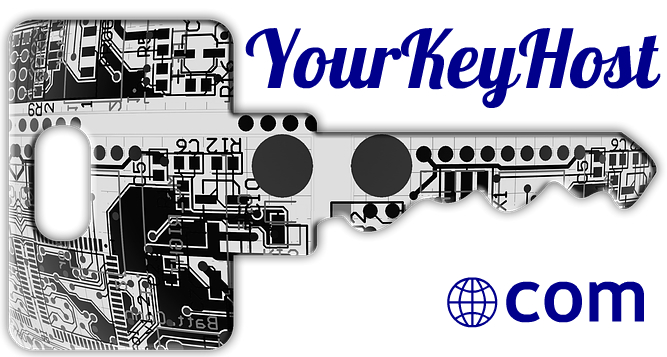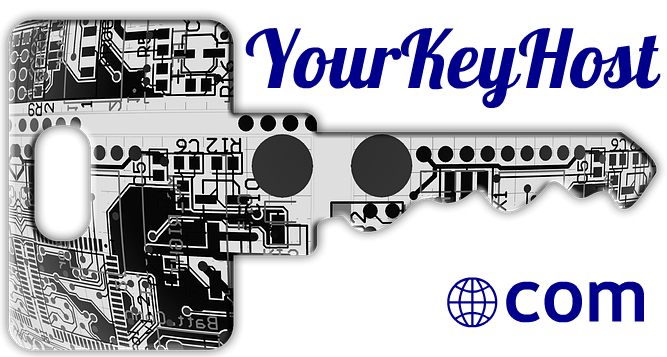A great many people have a poor view of what happened during the 2000s, with the exception of the growth of the Web.
According to a survey published in December 2009, Americans have a pretty dismal view of the 2000s. It has been voted the worst decade in living memory. “By roughly two-to-one, more say they have a generally negative (50%) rather than a generally positive (27%) impression of the past 10 years,” the study states. “This stands in stark contrast to the public’s recollection of other decades in the past half-century. When asked to look back on the 1960s, 1970s, 1980s and 1990s, positive feelings outweigh negative in all cases.”
However, there is a bright spot in an otherwise dim decade. “The major technological and communications advances are viewed in an overwhelmingly positive light,” the study states. “Clear majorities see cell phones, the internet and e-mail as changes for the better, and most also view specific changes such as handheld internet devices and online shopping as beneficial trends.”
So, do we love technology? Do we love HTML and Flash and JavaScript? Do we love reading off computer screens, and long for the tactile touch of the well-designed keyboard? Are we yearning for robots?
Hardly. What the Web reflects is empowerment and connectedness. The Web has probably led to an increase in negative attitudes to other things because it allows us to go behind the spin, advertising and propaganda. Thanks to the Web we’re not so easy to fool, manipulate or mislead.
The Web allows us to check out for ourselves, to communicate more easily with our peers and find out what they think. The Web makes us more powerful. It allows our voices to be heard more. That’s why we love the Web.
That’s the shift, the change we can believe in. It is the movement of power from organizations to individuals and the groups these individuals may form. Because another thing the Web does is make it much easier for individuals to form effective groups. Like the group of people who stayed at Hotel XYZ and what they think of the service they got. That’s why we love the Web.
We love the Web because we can compare prices for insurance, vacations, cars. We can compare universities and political candidates. Most organizations hate being compared and ranked. Many organizations don’t even want to give you the price on their website. They’re going to have to.
Amazon has the highest level of customer satisfaction of the 40 largest US ecommerce sites, according to an American Customer Satisfaction Index survey.
Customer satisfaction matters. Customers who are highly satisfied are 65 percent more likely to buy online, according to the survey. They will also tell their friends about the good experience. And what drives satisfaction? A good price, a wide selection, and a website that’s easy to use. In December 2015,
online spending was 35.5 percent higher than in December 2014.
This is the age of the empowered, cynical, skeptical, hype-resistant customer. It’s a great time to be a customer and it’s a great time to be a customer-centric organization

